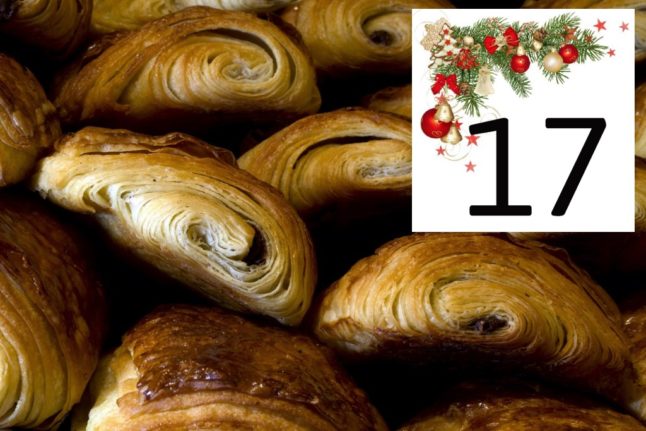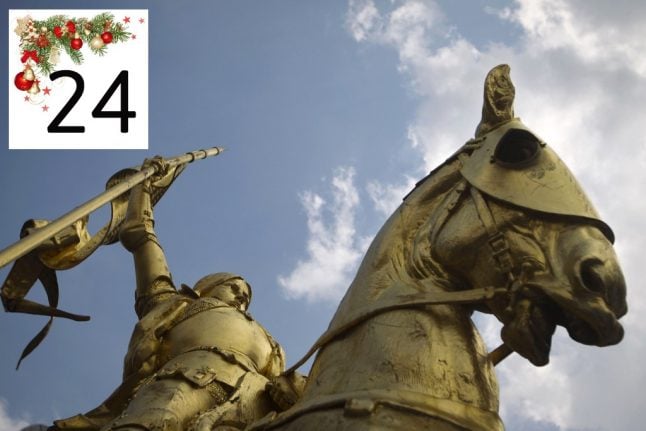If you have ever sunk your teeth into a soft, warm pain au chocolat fresh from the oven, you will know what we're talking about.
This exquisite pastry, found in any boulangerie in any French city, town or village (unless they have run out) is arguably one of the major perks of living in France.
But in some French cities, asking for a pain au chocolat could potentially cause a stir.
The reason is that some parts of France staunchly preach a no-pain au chocolat policy. It doesn't mean they don't eat it, they just call it chocolatine instead.
For people who don't understand, it's the biggest war in France.
Pain au Chocolat Vs Chocolatine (= same thing but) pic.twitter.com/Ts7Wjcb9FM— キョ ☕️ (@kyosein) October 29, 2016
In the southwest, around Bordeaux, some boulangeries seem to take the rivalry so seriously that they charge more for a pain au chocolat than a chocolatine.
Ça déconne pas à #Bordeaux. pic.twitter.com/PIBbPSJhCw
— Popi (@SultanPopi) July 20, 2017
READ ALSO: French pastry wars: Pain au chocolat versus chocolatine
The majority of the French would say pain au chocolat, at least according to one website entirely devoted to the topic.
Although chocolatine-supporters would insist that a pain au chocolat – which directly translates as 'chocolate bread' – looks like this:
Le 5 juin serait-il le début d'une nouvelle guerre ?? Ceci est un pain au chocolat ? pic.twitter.com/KBCUIJWXfx
— KamiFR (@KamiFR_) June 5, 2016
But recently some have pointed out that the “real impostor” was neither of the two French variants, but the American newcomer: the “chocolate croissant”.
Oublions notre combat “chocolatine vs pain au chocolat” et concentrons nous sur le véritable imposteur : pic.twitter.com/SvLOutYtzw
— くる • ??????????? (@korewaimouto) December 9, 2020



 Please whitelist us to continue reading.
Please whitelist us to continue reading.
Member comments